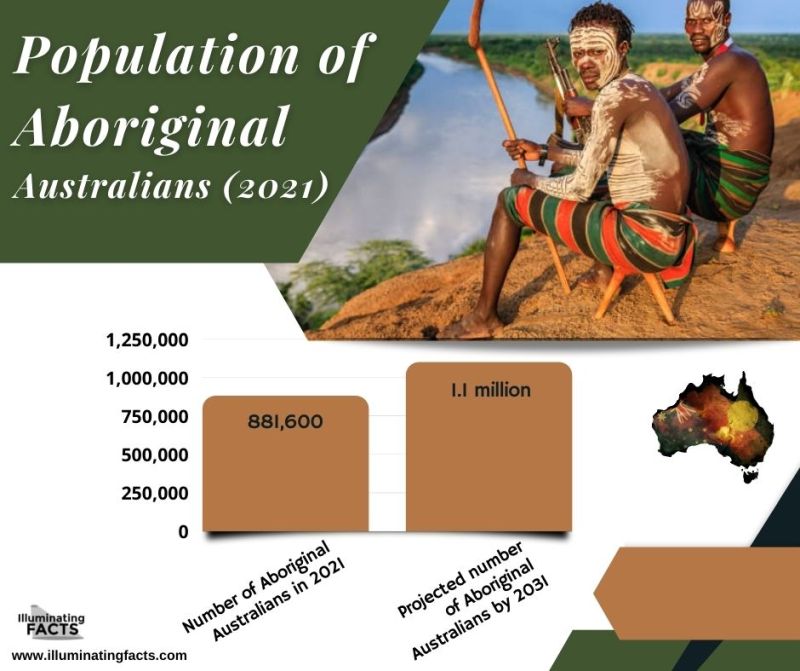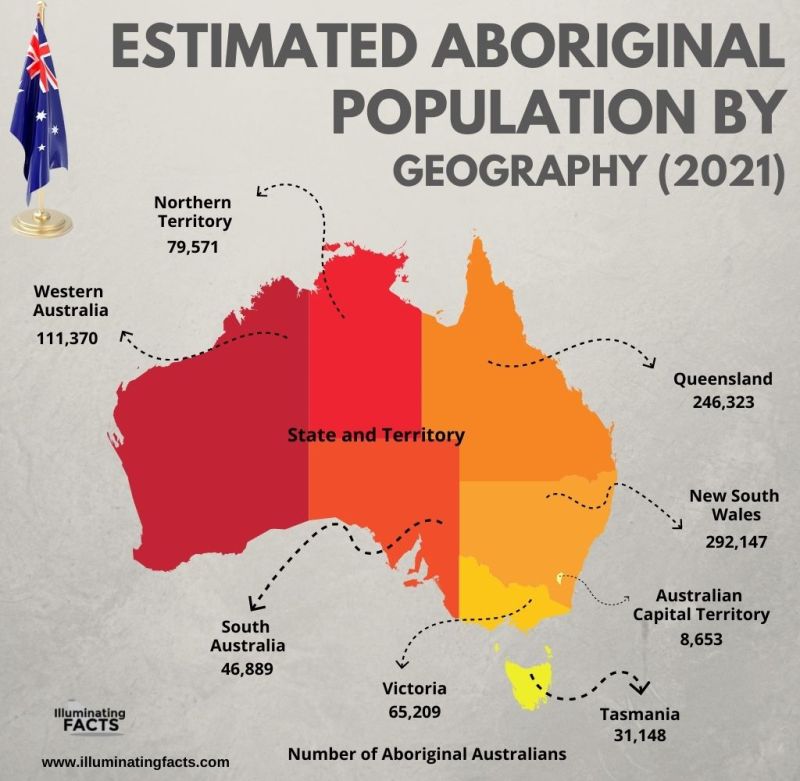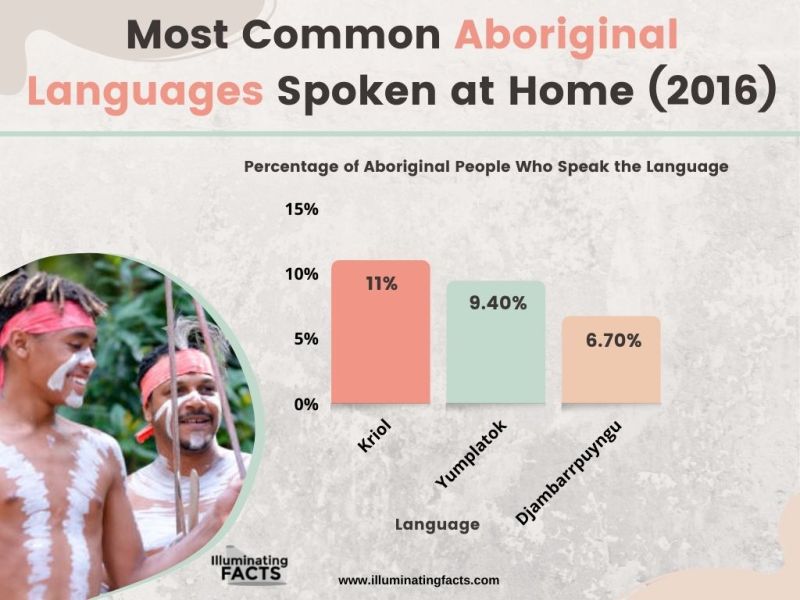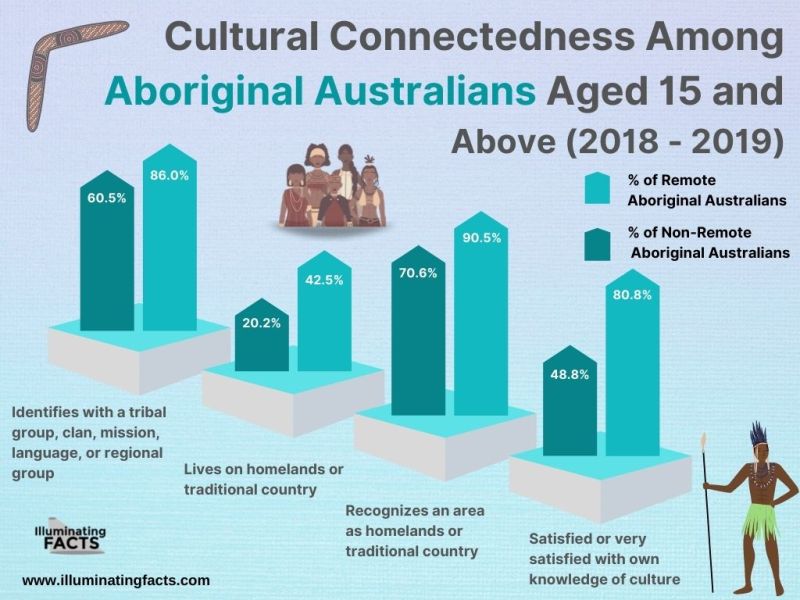Aborigines are the indigenous people who have lived around the Australian mainland as well as the different neighboring lands. Aborigines have their unique ethics and cultures and also carry a separate governmental status in a few ways. Islands at which The Aborigines are actively found include Tasmania, Fraser Island, Tiwi Island, Groote Eylandt, and others as well. These people are quite distinct from normal people and define themself as completely different too. They have a few characteristics shared but differ in many ways too. Aborigines have their own Australian Aboriginal English for communication. To learn more about Aborigines, check out the following graphs.
Find Out More…
Population of Aborginal Australians (2021)
Aborigines are known to have originated several thousand years ago. However, their population hasn’t been that much. The increase in the Aboriginal Australian population isn’t that much because of less access to different types of facilities. According to reports, there were 861,000 Aboriginal Australians in 2021. Forecasts suggest that within the next ten years, this figure could increase by less than 300,000 people. 2031 forecasts show that the Aboriginal Australian population is going to be 1.1 million. There are also chances that the population does not even cross a million as it is all based on mere estimates.
Estimated Aboriginal Population by Geography (2021)
The following graph categorizes the Aboriginal Australian population in terms of geographic locations. About half of the total Australian Aborigines are found in the states of Queensland and New South Wales. New South Wales is home to 292,147 Aborigines while Queensland has 246,323 Aborigines. Western Australia also accounts for a major proportion of the Aboriginal population with about 111,370 Aborigines. All other areas such as Northern Territory, Australian Capital Territory, South Australia, Tasmania, and Victoria have fewer than 100,000 Aborigines each.
Most Common Aboriginal Languages Spoken at Home (2016)
While Australian Aboriginal English is a common way to communicate between the Aborigines, there are a few other languages as well that are used for communication. The top three Aboriginal languages include Kriol, Yumplatok, and Djambarrpuyngu. Kriol is spoken by 11% of Aborigines, Yumplatok is spoken by 9.4% of Aborigines, and Djambarrpuyngu is spoken by 6.7% of Aborigines. However, these aren’t the only languages as there are many others too that are spoken and developed, particularly by the Aborigines.
Cultural Connectedness Among Australian Aborigines Aged 15 and Above
Many people wonder whether the Australian Aborigines have actually connected well with other people or not. Statistics show that there are Remote and Non-Remote Australian Aborigines. The graph shows the cultural connectedness among different types of Aborigines. 60% Non-Remote and 86% of Remote Aborigines identify with a tribal group or clan. 20.2% Non-Remote and 42.5% Remote Aborigines live in homelands or traditional countries. 70.6% Non-Remote and 90.5% Remote Aborigines recognize some form of the area as their homeland. Lastly, there are the ones with minimal connectedness and are satisfied with a culture of their own. These include 48.8% Remote and 80.8% Non-Remote Aborigines.





